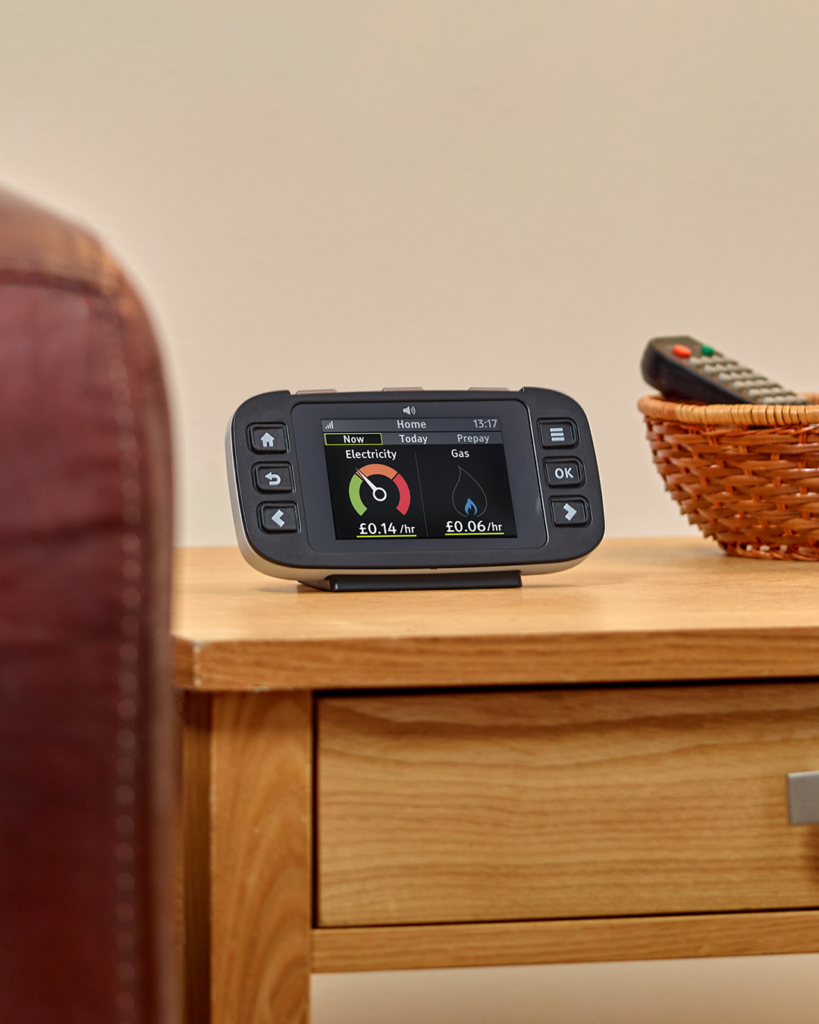Smart Meters- Myth Busting

This blog is written by Alex Clesham, who has over 15 years of extensive experience in the energy sector, including an 11-year tenure with one of the Big 5 companies.
Alex has been involved with smart meters (SM) since their launch in 2011 during his time at British Gas.
Upon first learning about smart meters and their potential to transform our billing process, I recognized their revolutionary impact. They eliminate estimated bills, provide greater control over energy consumption, and ultimately lead to significant savings through enhanced energy efficiency.
Despite this, I frequently encounter misinformation in online forums, magazine articles, and even conspiracy theories. I’ve heard some outlandish reasons for customers’ reluctance to adopt smart meters, and I’m here to dispel those myths.
Myth 1: My friends say they are paying more than they used to
INCORRECT: This is the most common misconception I encounter. In 99% of cases, the rise in costs is due to previously receiving bills based on underestimated readings, followed by a ‘catch-up bill.’ It’s essential to provide your supplier with a reading at least every three months, and installing a smart meter can simplify this process. As for that 1%? It indicates an error occurred during the removal of the old meter, leading to significant overcharging.
Myth 2: I’ve heard that if I miss a payment on my direct debit, I could be automatically switched to a prepayment meter.
INCORRECT (to an extent): A few years back, there were reports about energy companies changing customers from credit meters to prepayment meters without prior notice. However, what wasn’t highlighted in those articles was that the companies had sent numerous reminders, notifications, and made phone calls to alert customers that if they failed to establish a payment plan or stay current with their payments, a switch to a prepayment meter would occur.
This was the procedure before smart meters were introduced; the only distinction was that the companies didn’t need to send technicians, bailiffs, or locksmiths to change the meters. It’s important to note that in some instances, customers were informed about the impending change, and those situations were resolved promptly.
The transition from a credit meter to a prepayment meter takes 24 hours, and the same applies to the reverse process. If you find yourself in this situation, verify the following:
- Have you received any emails or letters from your energy provider warning you about this change?
- What is your current balance, and when was your last payment made?
If an error has occurred, contact them immediately and request an investigation. If you are considered vulnerable or have children in your home, ask them to provide emergency credit, as you may not have received your top-up card or key yet. The Green Doctors can assist you with this and will work to alleviate some of the stress by communicating with them on your behalf.
Myth 3: External parties can hack my meter, access my data, and inflate my bills
INCORRECT: Smart meters are as secure as online banking systems. This misconception is unfounded and should be dismissed as a conspiracy theory.
Myth 4: Smart meters emit harmful radiation levels
INCORRECT: Smart meters, similar to other electronic devices, do emit radiation. However, devices like your phone, microwave, and television emit higher radiation levels and are typically used much closer to your body than a smart meter (unless you happen to be Harry Potter with a meter in your ‘bedroom’). This is yet another unfounded conspiracy theory lacking any credible evidence.
Myth 5: My smart meter won’t function properly if I switch suppliers.
CORRECT – to some extent. Similar to iPhones, various models may appear identical. If your meter is one of the original models from 2011, it will indeed be incompatible with new suppliers. However, if your meter was installed within the last nine years, it should work seamlessly with any energy provider.
Initially, only meters installed in the last five years were expected to be compatible with all suppliers, though this was not always guaranteed. This limitation stemmed from the software on the meters and the systems used by energy companies to connect to them.
Those are five of the most prevalent myths I’ve encountered. If you know of any others, feel free to share them in the comments, and I’ll consider creating a myth-busting part 2.

 Next Post
Next Post